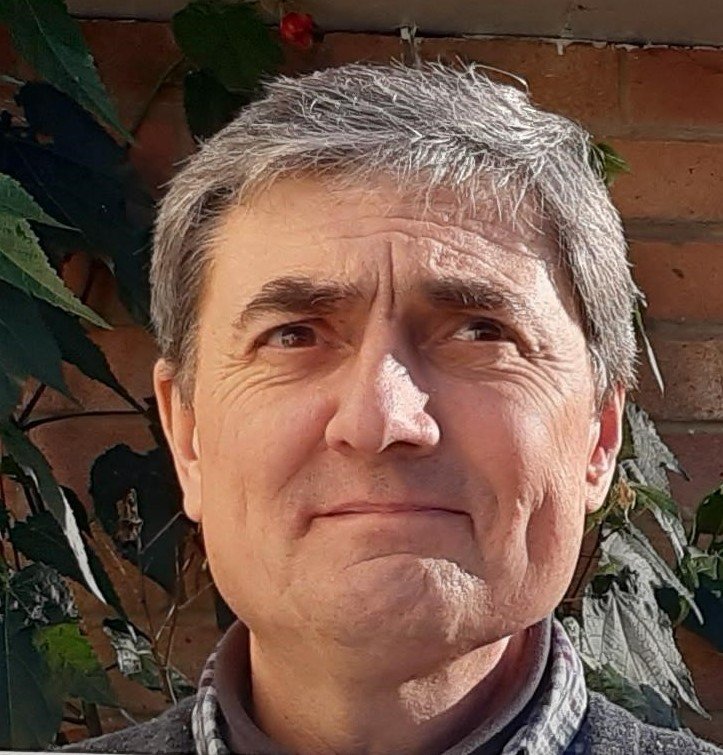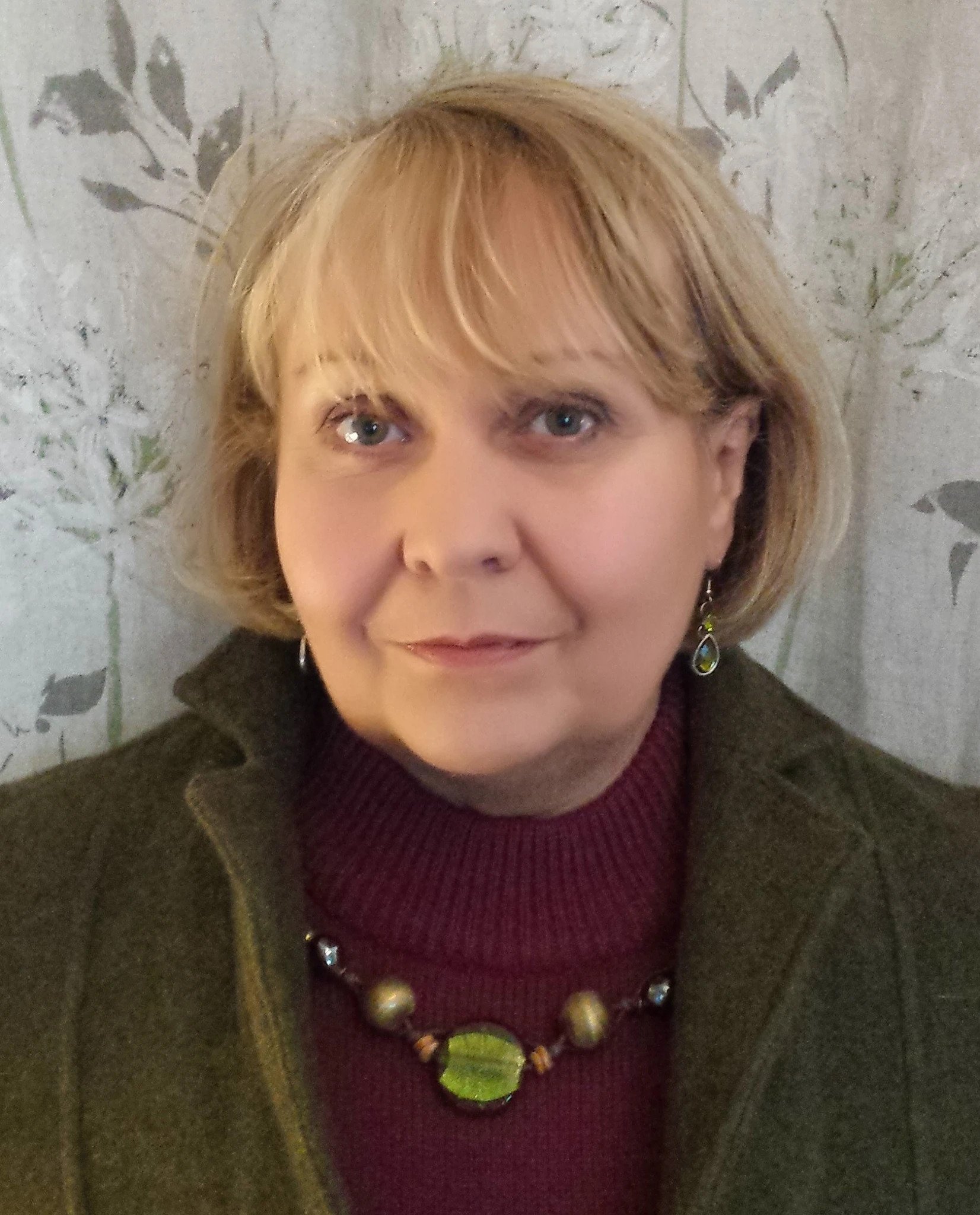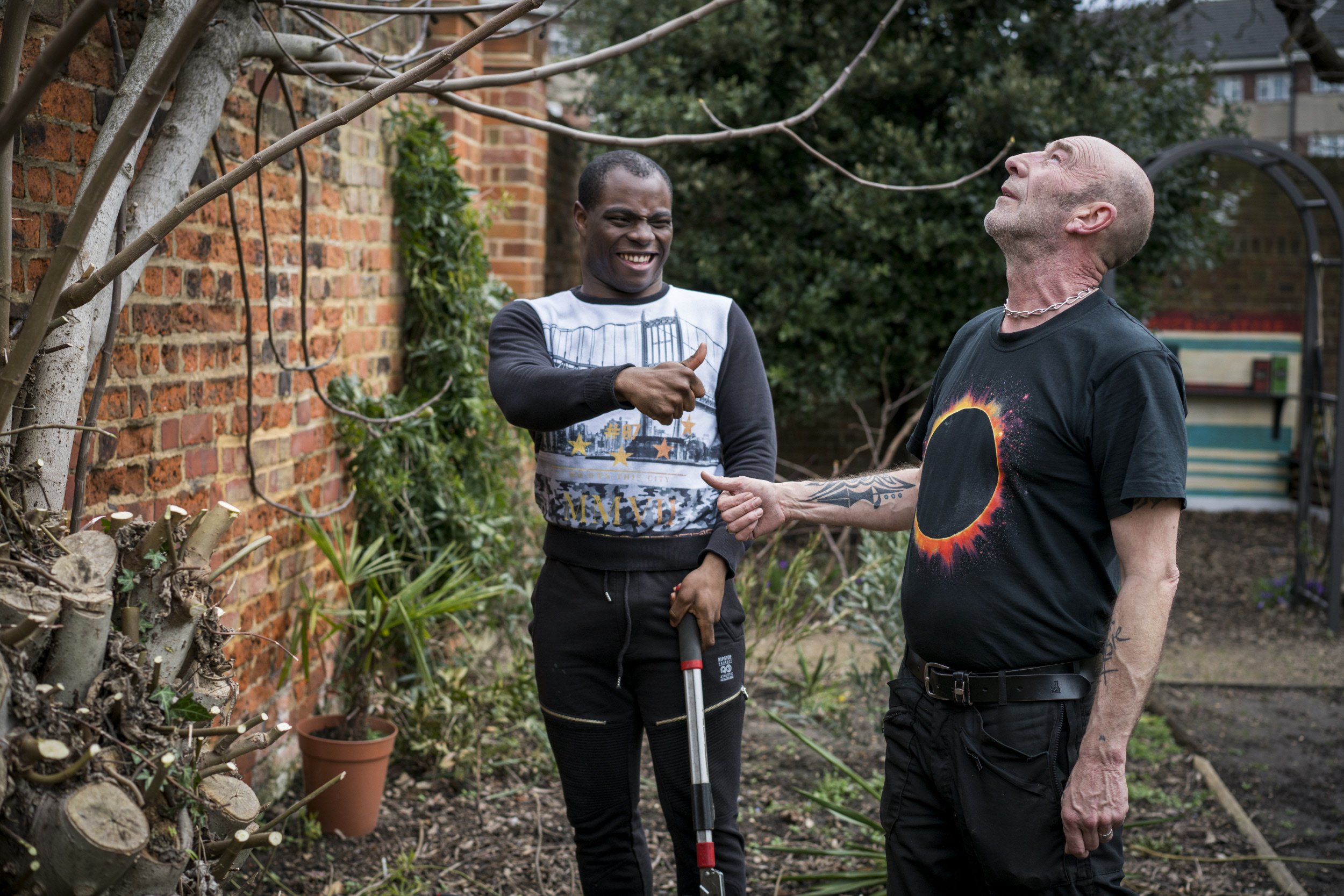Environmental Justice In Birmingham
WHAT WE LEARNED | 6 MINUTE READ
Environmental justice is people’s right to healthy places to live, work and enjoy themselves as well as a fair share of nature’s benefits like food and water. It is also a responsibility to look after the planet for others and for future generations.
Finn O’Donoghue
City of Nature Officer at Birmingham City Council
Nick Grayson
Green City Manager at BCC and the advisor on the Birmingham Future Parks Accelerator project
Debbie Needle
Community Facilitator for the Birmingham Future Parks Accelerator project
Humera Sultan
Consultant in Public Health at Birmingham City Council
An Uneven Spread Of Quality Green Space
Environmental justice in Birmingham means not only improving access to green space, but improving the quality of those spaces too.
Nick
“Environmental justice in Birmingham is about giving people equal access to green space, and making sure that all green spaces have a quality threshold to ensure a minimum standard. The quality of our green spaces is as important as access to them.”
Debbie
“We’re piloting this project in the Bordesley & Highgate Ward which has around 13,000 residents – environmental justice needs to be for every one of those 13,000 people. What we’re trying to achieve is for every single person to have a quality green space on their doorstep.”
Long-Term Effects Of Unequal Access To Parks
It’s not just “nice” to have green space close by – it’s crucial for our health and well-being.
Finn
“We might be intuitively aware of the wellbeing benefits of nature, but there are stacks of evidence that prove this, too. Life expectancy can vary between 10-15 years between wards that are next door to each other. There are many reasons for that, but it’s clear that access to good quality nature has continuously proven a key determinant of quality of life, self-esteem and sense of self-worth. All of these link together to impact on your overall mental and physical health, and your wellbeing. In terms of health inequity, the disparity between some of our wards is absolutely enormous.”
Humera
“If you look at the map, you'll see thirteen different red wards right in the centre of our city – those are the places that are really struggling for environmental justice. The people that live there don't get enough access to green space, people are dying too early and they're generally living in a state of deprivation. So the whole point of this map is to show where we need to intervene the most.”
Mapping Environmental Justice
In order to achieve environmental justice, the BCC team first needed to understand the varying levels of environmental justice across Birmingham.
Finn
“Working with GIS mapping engineers, we collated data based on the Indices of Multiple Deprivation for the whole city, and added an extra four data points on top of that in order to truly evaluate the level of environmental justice in each ward. The map highlights red wards, which are low-scoring; orange wards, which are somewhere in the middle; and green wards, which score highly.”
New Data Points Added
Access to green space (2ha per 1,000 population; derived from ONS Green Space data)
Urban Heat Island (derived freely from UK Space Agency maps)
Flood Risk (derived from Birmingham City Council Flood Risk Assessment)
Excess Years Life Lost (Derived from Birmingham City Council Public Health, standard dataset)
Humera
“Birmingham is a huge city of 1.2 million people. We’re the largest local authority in Western Europe – it would be impossible to tackle all of the issues in Birmingham around green space all at the same time. What this map’s doing is helping us to prioritize those areas where most intervention is required.”
The Fair Park Standard
After mapping environmental justice, the BCC team wanted to make sure that any improvements adhered to a minimum standard. This didn’t yet exist, so they created their own: the Fair Park Standard.
Finn
“We applied this tool - the Fair Parks Standard (FPS) - to six of the red wards to assess all the green and blue spaces within that area and come up with a series of interventions that reach at least a minimum quality standard. It would be easy to forget about that injustice and inequity. Yet, we now use environmental justice as a really strong motivator for what we do and as a really strong guide as to how we want to work and what we're working towards.”
Nick
“If you think of most other public services, be it libraries, museums or art galleries, they all have to meet accreditation schemes in order to deliver a public service, let alone schools, care homes, health service and the like. So, parks are quite an exception: they exist as a broad public service across the UK with no minimum threshold or standard. We used the FPS audit to understand where a local park didn’t meet the minimum standard, then asked our Landscape Architect to draft a proposal plan to address priorities and bring the park up to the standard. This plan was then taken to the community to check that it fit with their expectations of a fair standard. Then, revisions were made, if necessary, based on that conversation.”
Imaginative Thinking
The improvements suggested as a result of the environmental justice and FPS scales might seem simple, but they’re hugely effective.
Debbie
“When we were coming up with ideas for improvements and interventions, nothing was out of bounds. In our planning, we went through an iterative process of writing it out, going back and checking with the community, writing it out again, defining it more and refining it. We went through this process to pin down a set of actions that were repeating through all the messages. We built this approach of combining learning, understanding, researching and collating people’s stories. It might now, at the end of the process, feel simple, but behind that is a lot of work, listening and planning.”
Finn
“The improvements cover all grounds: litter reduction, fixing broken benches and play equipment, tree planting and wildflower meadow planting. Not only does this improve the park itself but it’s also a community activity – anyone can come and help out.”
Debbie












